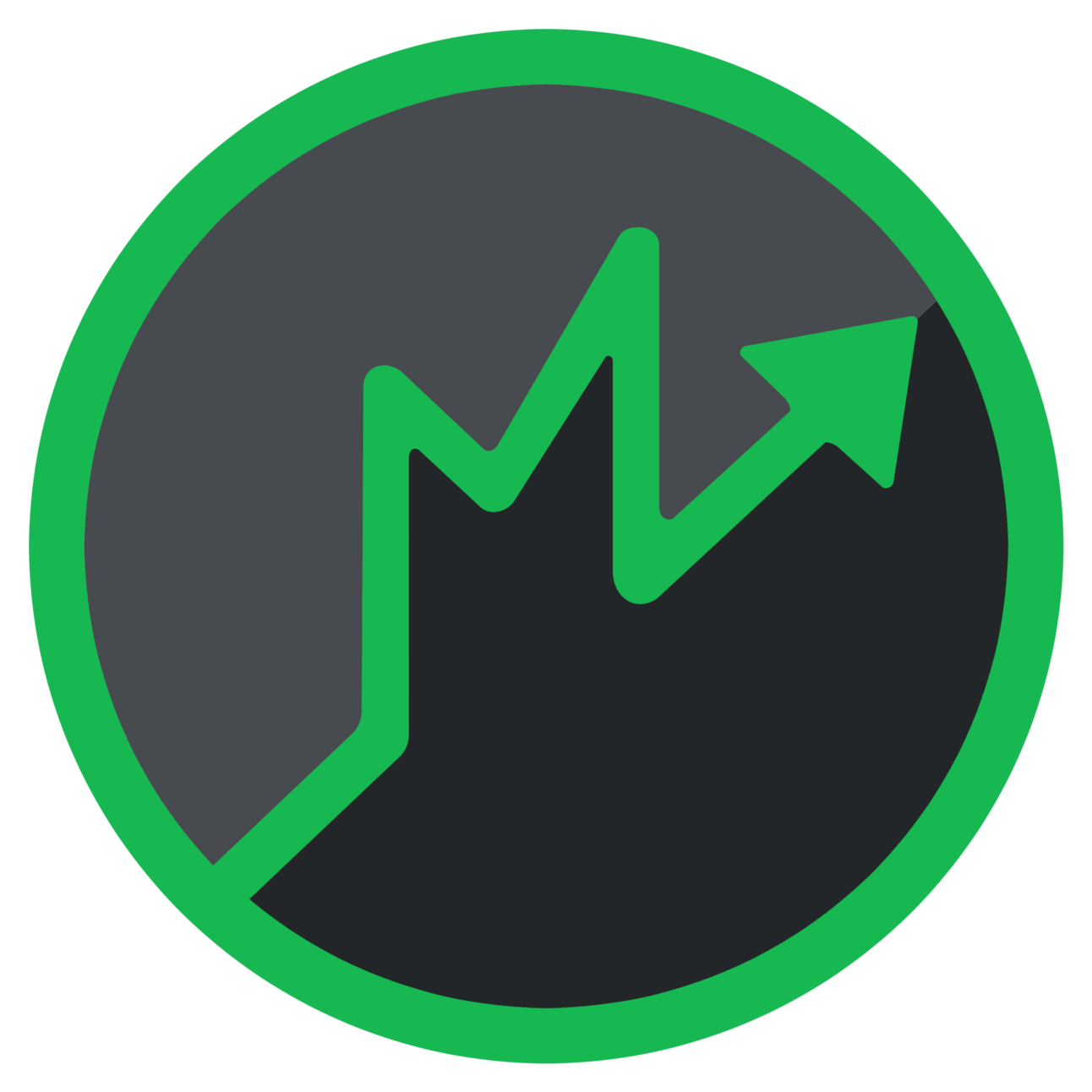- Money Marathoners Newsletter
- Posts
- 🏦 How to Set Up a Well-Structured Emergency Fund
🏦 How to Set Up a Well-Structured Emergency Fund
Emergency funds are vital, but it's not enough to stuff a bunch of money in a mattress. Learn how to most effectively structure your most important savings.
What is an Emergency Fund?
Let’s start with defining an emergency fund first.
An emergency fund is a cash reserve set aside for unplanned expenses.
The key word there is “unplanned”.
Emergency funds are your safety net.
They are your plan B for when things go sideways.
❌ Emergency funds should not be used on:
Short-term savings (sinking fund)
Long-term savings (house, car, retirement, etc.)
Recurring expenses (rent, healthcare, food)
Discretionary spending (eating out, vacations, ‘for fun’ purchases)
✅ Emergency funds should be used on:
Surprise medical bills
Unexpected home repair
Loss of employment
Unexpected vehicle repair
Why is an Emergency Fund Important?
Having an emergency fund can help you both financially and mentally.
Emergency funds are helpful financially because they protect you from sudden expenses by giving you a cushion.
A sudden expense could force you to liquidate assets such as your house, car, or investments without that cushion.
A sudden expense could even bankrupt you if you don’t have many other assets.
An emergency fund is helpful mentally by simply existing.
Knowing that you’re prepared for the worst can help you sleep at night without fear of a sudden expense and take risks when given the opportunity.
An emergency fund alleviates this fear since you know you always have savings to draw upon whenever necessary.
Emergency funds can even be your stepping stone to pursue your desired life.
Many people use their emergency funds to support themselves when they quit their day job to pursue a passion or build a business.
That is a freedom you don’t have without an emergency fund.
How to Structure Your Emergency Fund
Where to Keep It
Stuffing your money in a mattress isn’t good enough.
This money will lose its value over time due to inflation and is not protected from theft.
Keeping it in a traditional checking or savings account isn’t much better.
The 0.01% earned from most banks is essentially meaningless.
Stocks, bonds, collectibles, or other assets aren’t good for emergency funds either.
In an emergency, you need your money to be available quickly. You don’t want to have to wait around for it to liquidate.
Plus, you don’t want to interrupt compounding.
So where, then?
A high-yield savings account (HSA) is the best.
Think of an HSA as a traditional savings account that offers much higher returns.
On average, around 400x higher.
Look for a return of at least 4%.
This way, your savings will grow over time and outpace inflation which averages around 3.5%, and continue to be as liquid as any bank account.
If you’re interested, sign up for SoFi through the link below to get 4.4% returns and $25 when you sign up and set up direct deposit.
(By the way, everything is FDIC insured, just like a traditional bank).
Keep It Separate
With an emergency fund, it is essential to avoid spending it unnecessarily.
You need it to be available when you need it, not when you want it.
To do this, we need to increase the friction involved in spending it.
That is, we need to make it difficult enough to spend that you leave it alone.
The best way to increase this friction is to keep it in a completely separate account from the rest of your money.
Ideally, keep it at a completely different bank so it doesn’t share an app or website where you may see it and be tempted to spend it.
Keeping it in a separate location makes you go out of your way to access it.
How Much to Keep
How much you save in an emergency fund is critical to its success.
Too small, and it won’t be able to cover significant expenses.
Too much, and you’re hindering your ability to invest and grow your wealth.
A standard rule of thumb is having 3-6 months’ worth of expenses in an emergency fund.

In this equation, “expenses” should include everything: housing, transportation, food, and “just for fun” spending.
You want to cover your entire lifestyle for 3-6 months, not just your needs.
This should be plenty to cover you through even a severe gap in employment.
Automate It
You know I’ll never pass up an opportunity to utilize automation.
Until you reach your emergency fund goal, automate the process of adding to it to get there as fast as possible.
I dive deep into automating your savings in my eBook, The Wealth Automation Playbook.
Direct deposit is usually the best option for an emergency fund, such as one through SoFi.
General advice is fantastic, but it can only do so much to benefit your personal situation.
If you’re interested in personalized coaching on these kinds of topics, I now offer:
FREE Money Minute Call (quick questions, 15 min)
Investing Foundations Coaching (30 min)
Wealth-Building Coaching (45 min)
Excel Consultation (1 hr)
FREE Budgeting and Investment-Tracking Tools
🏦
